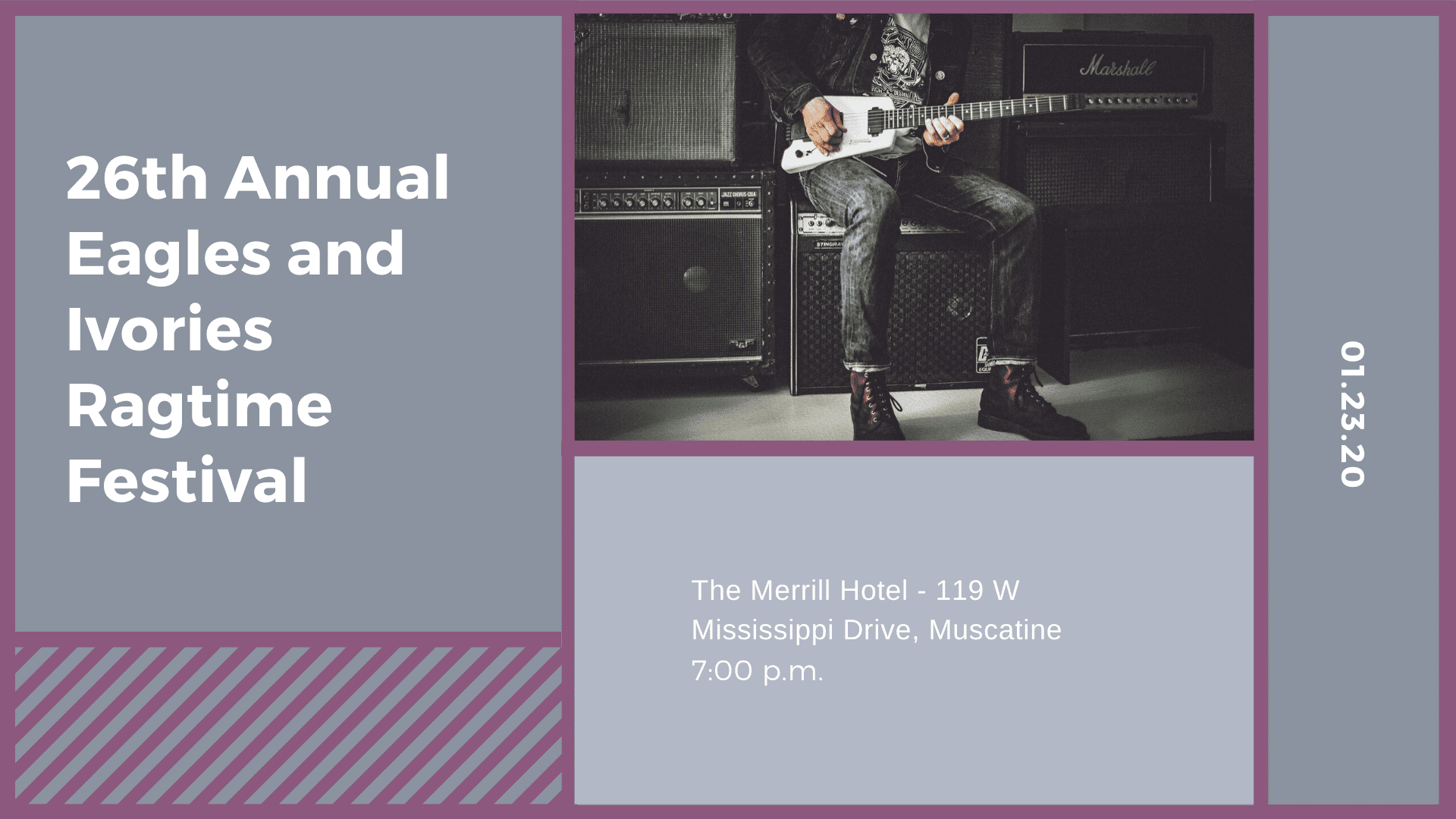

To cap it off, the building was given a new name that reflected Curtiss’ vision: the Fine Arts Building. Upper floors were dedicated to artist studios and galleries as well as various clubs and organizations. Two floors were added and a six-story open space called Venetian Court created in the center of the building. Given its location––its neighbor was the Auditorium Theatre––it seemed like a reasonable idea. Inspired by Tree Studios, Curtiss persuaded the Studebakers to convert the building into a 10-story complex of artists and artist-related studios, essentially creating a high-rise arts colony in the heart of Michigan Avenue. In particular, he watched, with interest, the success that Judge Lambert Tree and his wife Anna Tree were having north of the river. Unlike his father, Charles Curtiss much preferred the arts to politics. Root & Sons Music Company before becoming the first manager of the Fine Arts Building. Later Curtiss became manager and treasurer of George F. The younger Curtiss worked as a salesman for Field, Palmer & Leiter, the precursor to Marshall Field’s, and then as a bookkeeper for Lyon & Healy, the harp makers. Curtiss was the son of James Curtiss, a former Chicago mayor. An annex was built next door but even so the success of their carriage business outgrew the space, which led to a larger building on South Wabash Avenue to store and display their carriages, leaving Beman’s masterwork essentially empty. And a showcase it was: an eight-story architectural wonder consisting of four stories for their showroom and four stories where the brothers could assemble their carriages.

Beman-who designed the Pullman community on the far South Side as well as the still-standing Kimball Mansion in the Prairie Avenue Historic District-to build them a showcase building that would attract attention. The following year the family hired renowned architect S.

The Studebakers acquired the land that the building stands on in 1885. The building owes its existence to the Studebaker Brothers, wagon and carriage makers based in South Bend, Indiana––the same family that manufactured the famous Studebaker cars.

(Today we know it as the more prosaic River North.) The Tree Studios lost its art colony status years ago while Fine Arts retains its landmark status and its link to arts-related businesses. The other was the Tree Studios in a neighborhood once called Towertown because of its proximity to the historic Water Tower. The Fine Arts Building was one of two arts colonies in Chicago when it opened in 1898. For those who want to learn more about the building’s past, a permanent exhibit on the fifth floor chronicles the history of the building while historic plaques are mounted outside many of the studios. Mayor Brandon Johnson even proclaimed October 13, 2023, to be Fine Arts Building Day in the city.
#2018 santa cruz ragtime festival free
“We’re all temporal.” In October, the building, which was declared a Chicago landmark in 1978, will celebrate its 125th anniversary with public events that will include a free concert in the Studebaker Theater as well as additional performances and demonstrations throughout the building. “I don’t think all art endures,” he says, “but artistic impulses endure. Tenant Blair Thomas acknowledges the significance of the building by asserting that it is “more powerful” than any one person that it is “greater than the individual artist.” He pauses for a moment to offer his own take on the motto. But the building itself remains a constant presence, seemingly living up to the inscription etched in the entranceway: ALL PASSES-ART ALONE ENDURES.
#2018 santa cruz ragtime festival movie
Consider a few: the mid-century Piccadilly, an elegant restaurant on the fourth floor, catered to tenants and non-tenants alike (“all sandwiches served on your choice of bread”) the (still) much-missed Fine Arts Theatre had a good run, from 1982 to 2000 (fun fact: the last movie I saw there was Joe Gould’s Secret) the popular Artist’s Café closed in 2019, after nearly 60 years. forever even though tenants have come and gone, of course. The Fine Arts Building looks as if it has been at 410 S. The long hallways, dimly lit, echo an earlier era, offering a glimpse into another century. The place looks old and feels old in a timeless way. Students patiently wait for their music lessons, sitting on wooden benches. The first things you notice when you get off the elevator or walk up the stairs are the sounds: the tinkle of a piano perhaps or the voice of a soprano reaching for the highest of notes.


 0 kommentar(er)
0 kommentar(er)
